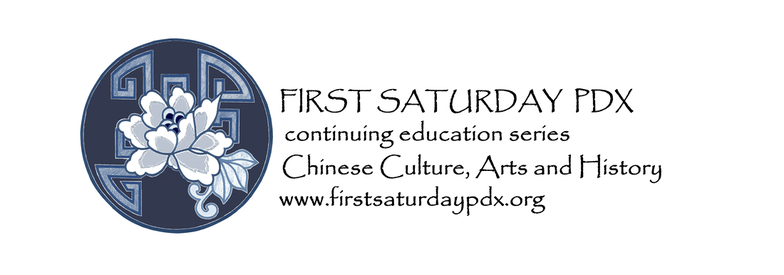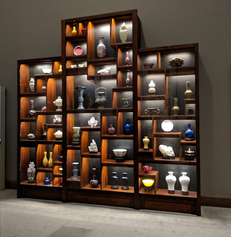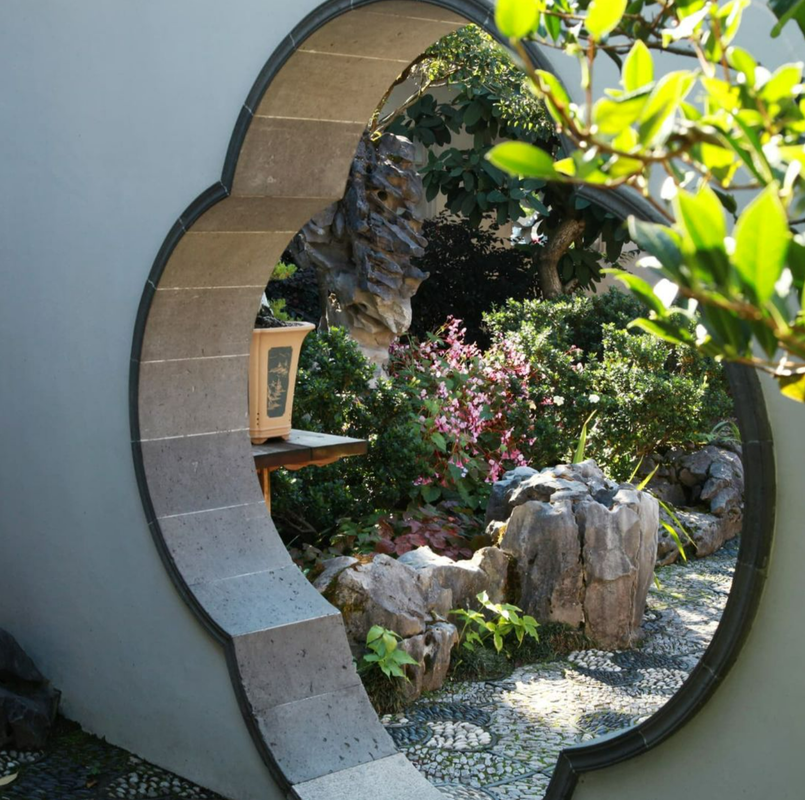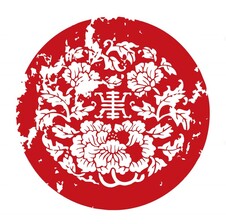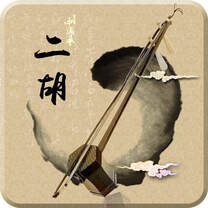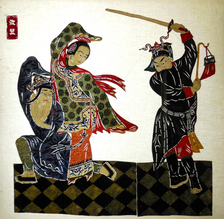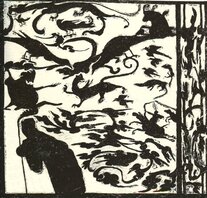
2022 - 2023 Schedule
Welcome to the First Saturday PDX 2022 - 2023 season! This collection of programs will be a hybrid group, with in person programs and online presentations. Onsite programs are walk in but registration is required for each event; available on the Upcoming Presentation page.
This season we have China-related subjects involving a trip to the Jordan Schnitzer Museum of Art in Eugene, a demonstration on the traditional tea ceremony, exploring the Central Asian Textiles of the Silk Road, the Role of Women in the the History of Tea in China, the Late Qing Expansion in Sichuan's Tibetan Borderlands, a look at modern Chinese Calligraphy and the story of the Massacre at Hell's Canyon, followed by a half hour of further discussion and socializing in our virtual First Saturday PDX Tea House for the online programs, or lunch family style at a Chinese restaurant for in person programs. This season begins on 10 September, 2022 running through 3 June, 2023.
This season we have China-related subjects involving a trip to the Jordan Schnitzer Museum of Art in Eugene, a demonstration on the traditional tea ceremony, exploring the Central Asian Textiles of the Silk Road, the Role of Women in the the History of Tea in China, the Late Qing Expansion in Sichuan's Tibetan Borderlands, a look at modern Chinese Calligraphy and the story of the Massacre at Hell's Canyon, followed by a half hour of further discussion and socializing in our virtual First Saturday PDX Tea House for the online programs, or lunch family style at a Chinese restaurant for in person programs. This season begins on 10 September, 2022 running through 3 June, 2023.
|
A Visit to the Soreng Gallery of Chinese Art at the Jordan Schnitzer Museum of Art
Anne Rose Kitagawa and Ina Asim 10 September, 2022 Renowned for its large and important assemblage of Chinese art, the JSMA’s holdings include one of America's most impressive collections of court textiles, along with superlative examples of traditional Chinese painting, sculpture, ceramics, jade, glass, lacquer, metalwork, furniture, and a small, but growing selection of contemporary Chinese objects. We will have a guided tour of the Soreng Gallery and have access to the adjacent galleries of Japanese and Korean Art. Further information and images here |
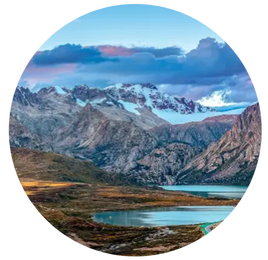
China’s Last Imperial Frontier:
Late Qing Expansion in Sichuan’s Tibetan Borderlands
Xiuyu Wang, PhD
15 October, 2022
Dr Xiuyu Wang speaks to us on Qing China’s attempt to integrate eastern Tibet at the turn of the nineteenth century. Dr Wang draws on archival and ethnographic research to analyze the interactions between local authorities in Eastern Tibet and Qing imperial officials during the region's incorporation in the 19th and 20th centuries.
Late Qing Expansion in Sichuan’s Tibetan Borderlands
Xiuyu Wang, PhD
15 October, 2022
Dr Xiuyu Wang speaks to us on Qing China’s attempt to integrate eastern Tibet at the turn of the nineteenth century. Dr Wang draws on archival and ethnographic research to analyze the interactions between local authorities in Eastern Tibet and Qing imperial officials during the region's incorporation in the 19th and 20th centuries.
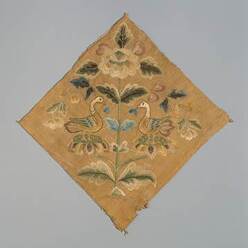
Following the Thread: China Along the Silk Road
Mariachiara Gasparini, PhD
3 December, 2022
As a non-verbal form of communication, textile material and wall painting representations provide a different perspective on the intercultural and artistic interaction along the so-called Silk Road between China and the “outside” world. Dr. Gasparini will discuss the development of silk production and its use in China and the acquisition of foreign cotton and wool and their interplay over the centuries beyond their religious Buddhist consumption.
Mariachiara Gasparini, PhD
3 December, 2022
As a non-verbal form of communication, textile material and wall painting representations provide a different perspective on the intercultural and artistic interaction along the so-called Silk Road between China and the “outside” world. Dr. Gasparini will discuss the development of silk production and its use in China and the acquisition of foreign cotton and wool and their interplay over the centuries beyond their religious Buddhist consumption.
|
Auspicious Seals and Chops
Dan Lucas 5 February, 2022 Seals have a long history in China, dating back to the 5th century BC, used as signatures on dynastic court documents, personal documents, contracts, and other official papers. They graced works of calligraphy and paintings while collectors of books and art often added their seals to works. The history of the Chinese seal script, including the various uses of seals and the materials, tools and design of the seals is covered, as well as how seals are being used in modern times, such as those found in Lan Su Chinese Garden - with a nod to the Xiling Seal Society in Hangzhou, China. |
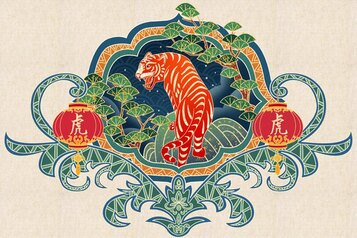
Welcoming the Year of the Tiger 老虎, 4720
First Saturday PDX Tea House
First Saturday PDX Planning Committee
5 February, 2022
We invite you to join First Saturday PDX in our virtual tea house to welcome in the Lunar New Year 4720 with friends and share stories of Chinese New Year Customs and Food!.
Further information here
First Saturday PDX Tea House
First Saturday PDX Planning Committee
5 February, 2022
We invite you to join First Saturday PDX in our virtual tea house to welcome in the Lunar New Year 4720 with friends and share stories of Chinese New Year Customs and Food!.
Further information here
|
The Erhu and Erhu Music
Jerry Lin, PhD 5 March, 2022 The Erhu is a two stringed bowed musical instrument, with a distinctly expressive and melodic sound. First appearing in China in the Tang Dynasty, it can be traced back to proto-Mongolic instruments. We listen to the lyrical music of the erhu, and hear about its history and place in musical tradition and the Chinese Orchestra. |
|
Pictorial Naturalism and "Truth":
Contextualizing the Eleventh-century Luohan Sculptures of Lingyan Temple in China Rebecca Bieberly, PhD Art History, Portland State University 2 April, 2022 In mid-eleventh century China, an educated and arts-savvy public began to question the “truth” of pictorial naturalism. During those very same years, Lingyan Temple 靈巖寺 in Shandong province installed a sculptural set of nearly life-size and highly naturalistic sculptures of Buddhist monastic figures within its Qianfo Hall. Bringing together arts writings and monastic literature of the period, this talk reconsiders the roles of religious imagery within the arts discourse of premodern China. Further information here Video here |
|
Celebrated Stories in Sichuan Shadow Theater
Mary Hirsch 7 May, 2022 Learn how tales of injustice, retribution, and reunion resonated widely in traditional China from over 1000 years ago have been adapted into our modern age. Through exploring convoluted plots and characterization we will consider what made these dramas so compelling in the repertoire of Sichuan shadow theater. Further information here Video here |
|
The Daode Jing’s Forgotten Forebear: The Ancestral Cult
Ken Brashier, PhD 4 June, 2022 While there are literally thousands of translations of the Dao De Jing and multiple opinions of what the Dao is, Dr. Brashier will take us on an exploratory journey to look at the roots of the Dao and maintain that it arose from the earlier assumptions surrounding the ancestral cult of China. Further information here Video here |
Our instructive program series has been developed with support by PSU’s Institute for Asian Studies, Northwest China Council and Lan Su Chinese Garden. It is free and open to the public.
Although we are currently in an online format, our regular monthly location (wheelchair friendly) is at the address below, click on it for directions :
Portland State University, Academic & Student Recreation Ctr (ASRC), Room 230
1800 SW 6th Ave, Portland OR 97201
Excellent MAX and bus transportation is right by the venue; plan your Trimet trip HERE. There is also a nearby parking structure at SW 6th and Harrison with an entrance on 6th Avenue is also available.
View PSU Parking info:
https://www.pdx.edu/transportation/hourly-visitor-parking
Although we are currently in an online format, our regular monthly location (wheelchair friendly) is at the address below, click on it for directions :
Portland State University, Academic & Student Recreation Ctr (ASRC), Room 230
1800 SW 6th Ave, Portland OR 97201
Excellent MAX and bus transportation is right by the venue; plan your Trimet trip HERE. There is also a nearby parking structure at SW 6th and Harrison with an entrance on 6th Avenue is also available.
View PSU Parking info:
https://www.pdx.edu/transportation/hourly-visitor-parking
